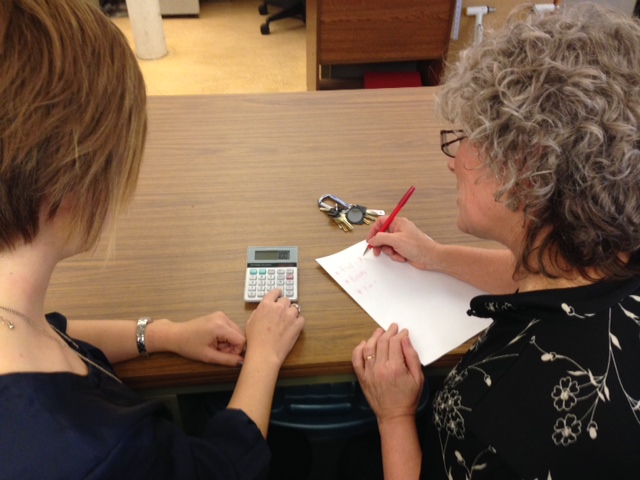When you’re starting up a carpool, how do you determine how to split costs? There are a number of online calculators and resources to help you determine what makes sense for you and your carpool partners.
One such tool comes from Carpool.ca, an online carpool matching website. Once you select Manitoba within the calculator tool, average provincial costs are filled in automatically, which you can adjust as needed. Carpool.ca suggests that a realistic carpool fare include fuel and parking costs only, as adding insurance and maintenance costs may increase fares beyond what coworkers are willing to contribute, raising the overall price of cheap car insurance quotes for everyone involved.
Another similar tool that you can use as a comparison comes from the Carpooling Network. Here you can also see what your daily carbon emissions savings could be by carpooling with 1 or more adult, or by choosing another method of travel.
There are also some carpool fare apps available that you may want to test out, including My Carpool, CarPool Calculator, and vPool. Let us know if you find one that you like!
Ultimately, you and your fellow carpoolers will need to find a fee structure that works for your pool. Revisit your agreement on a regular basis and make adjustments as needed (and as gas prices and parking fees increase).




My home is at Eugenie Street, Winnipeg and my work place is Sage Creek Blvd.
I am a new comer to Manitoba.
I need regular ride from/to office/home.
Hello and thanks for your question. For any carpooling needs, I suggest you join our GoManitoba app where you can arrange for a carpool with someone heading in the same direction. Here’s the link to learn more. https://www.gomanitoba.ca/
I don’t carpool to work because I’m retired (and I biked when I did work), but I do a lot of carpooling with friends and aquantences to go skiing, mountain biking, etc, to various places in the province.
When my kids were late teens almost 15 years ago, I calculated the average variable cost of running our family vehicle during the previous 3 years. Variable costs are fuel and maintenance. (Fixed costs like insurance, capital, etc, exist whether the vehicle is used or not.) I determined that the variable cost was ~$0.16 per kilometre travelled during the previous 3 years, so that’s what I charged my kids if they wanted to use the vehicle. Often they chose to bike or bus rather than drive. 🙂 I recalculated the variable cost per km each year.
So when I carpool with others to skiing (etc), I do a rough mental calculation of what the driver’s variable costs are, divide by the number of us in the vehicle, and offer to pay him according. For example, if we do a 200 km round trip to Grand Beach, and his vehicle is similar to mine (~$0.20 per km in 2014), and there are 4 of us, I offer $10. If there were two of us, I’d offer $20. If I’m the driver and the passengers ask what they owe, I use the same formula (and I always round down).
IMO, this system is almost “full cost accounting” and it’s fair.
This sounds like an excellent method, Kevin. You’re right, it’s also just as important to share costs on those less frequent but lengthier recreational trips. Thanks for sharing!
Everything you said makes sense to me except the $10/$20 for 1 or 2 passengers. If someone is going 100 km it won’t cost them much more to have another passenger’s weight in that car. I would think it should be more like $19 for 1 and $20 for 2! What am I missing here? You sound pragmatic so I have faith in your answer. 🙂